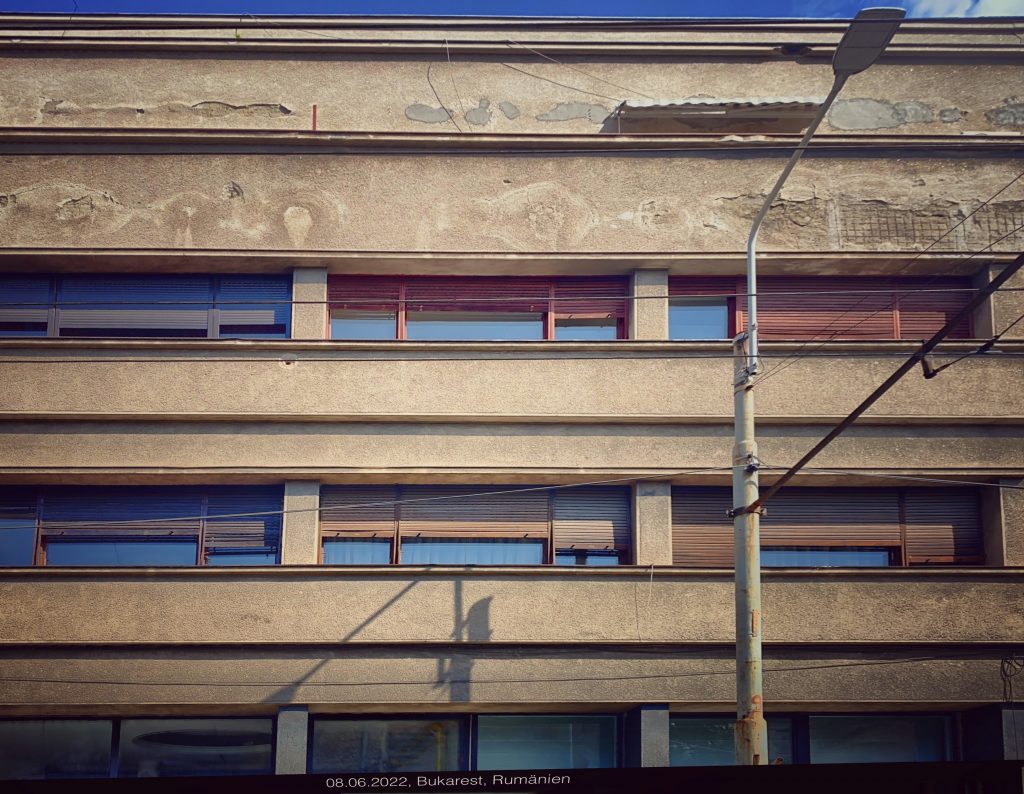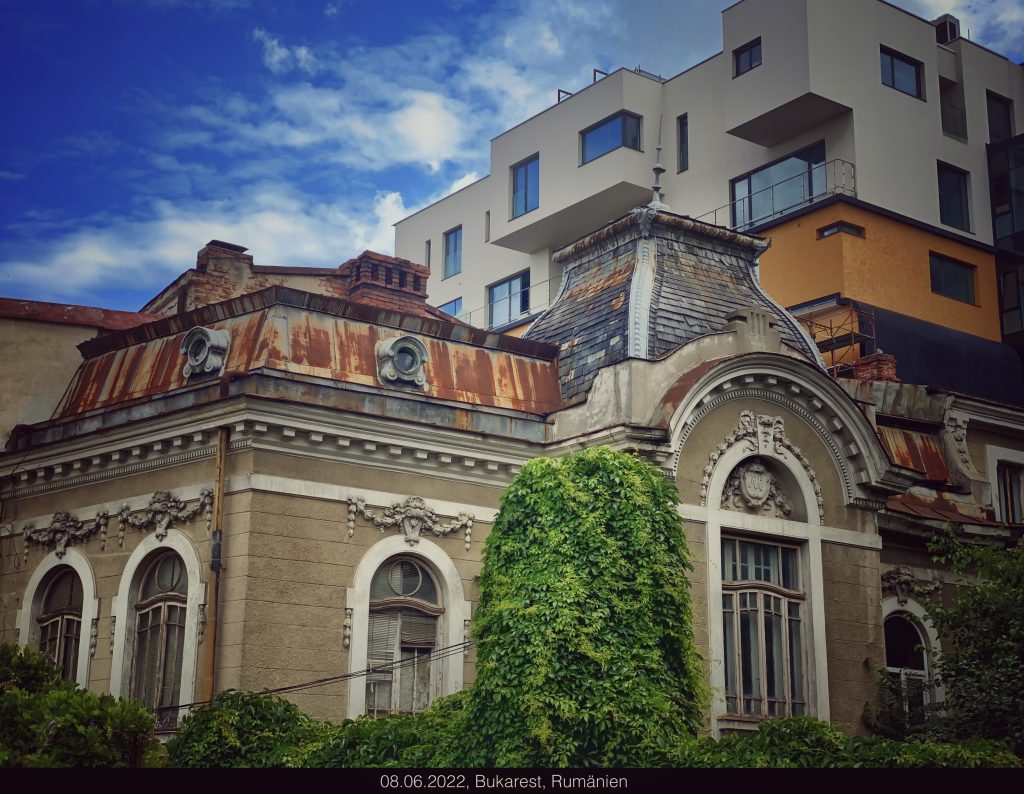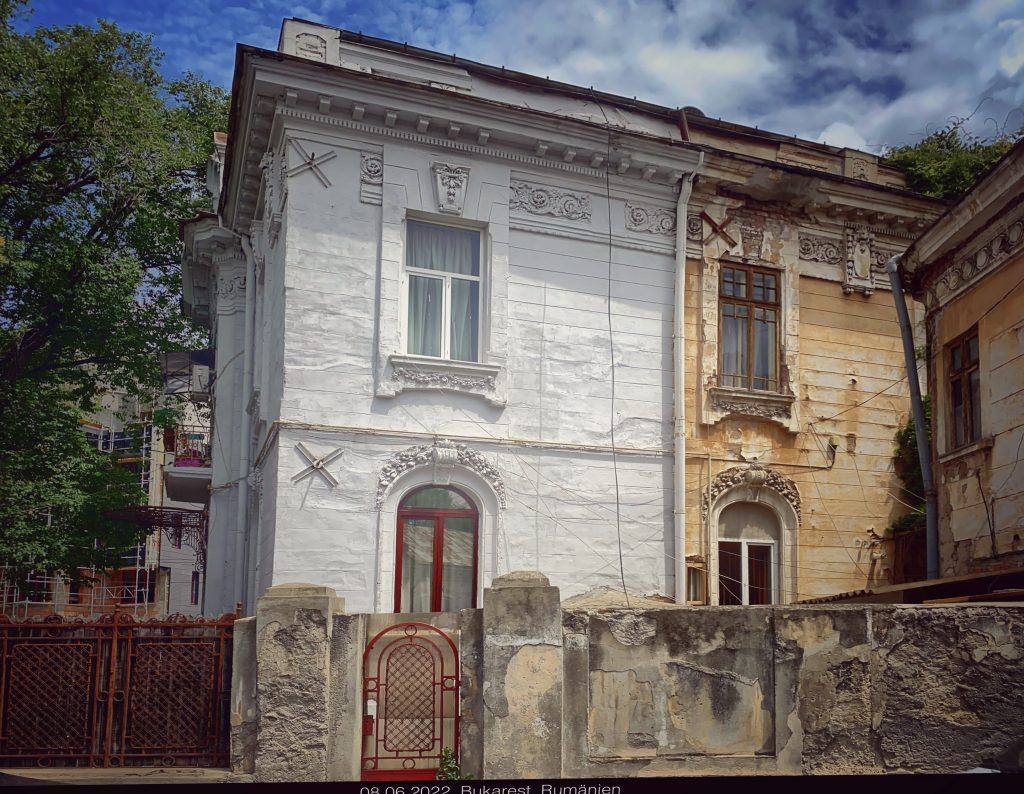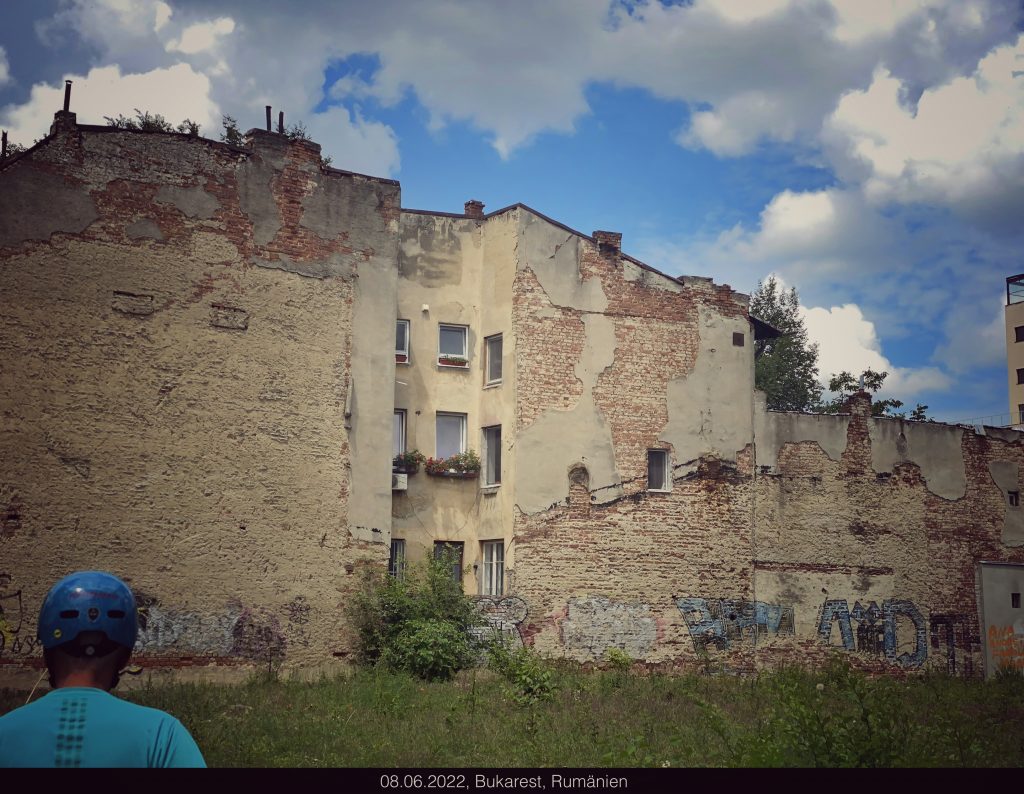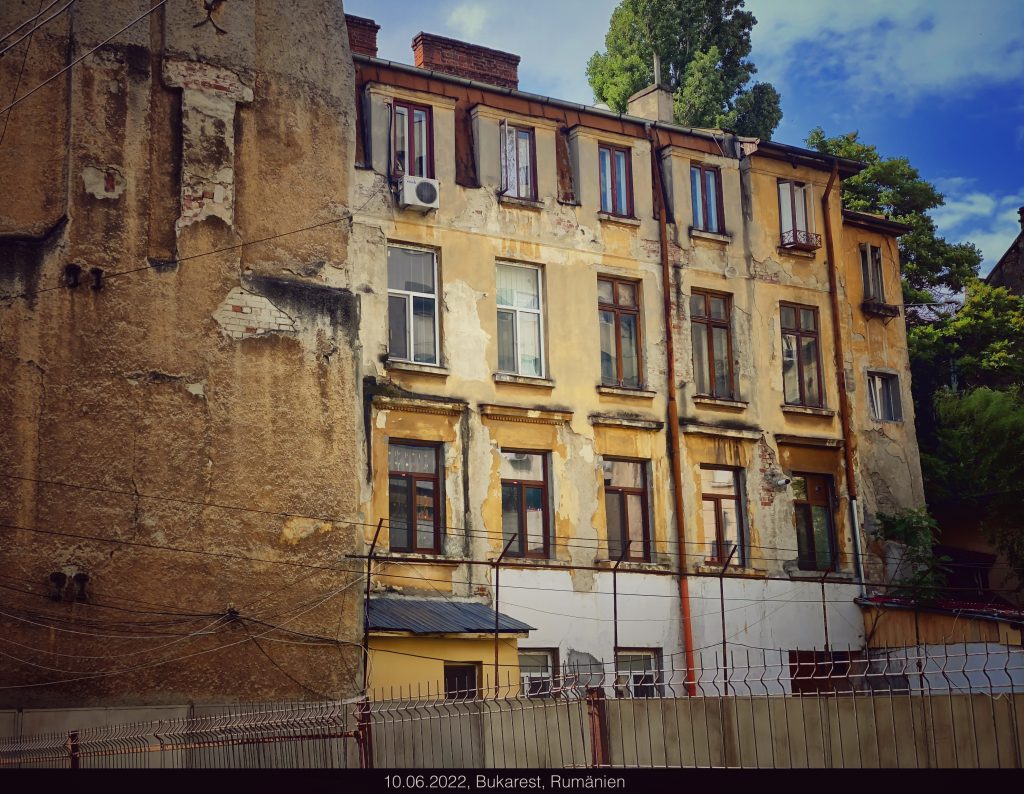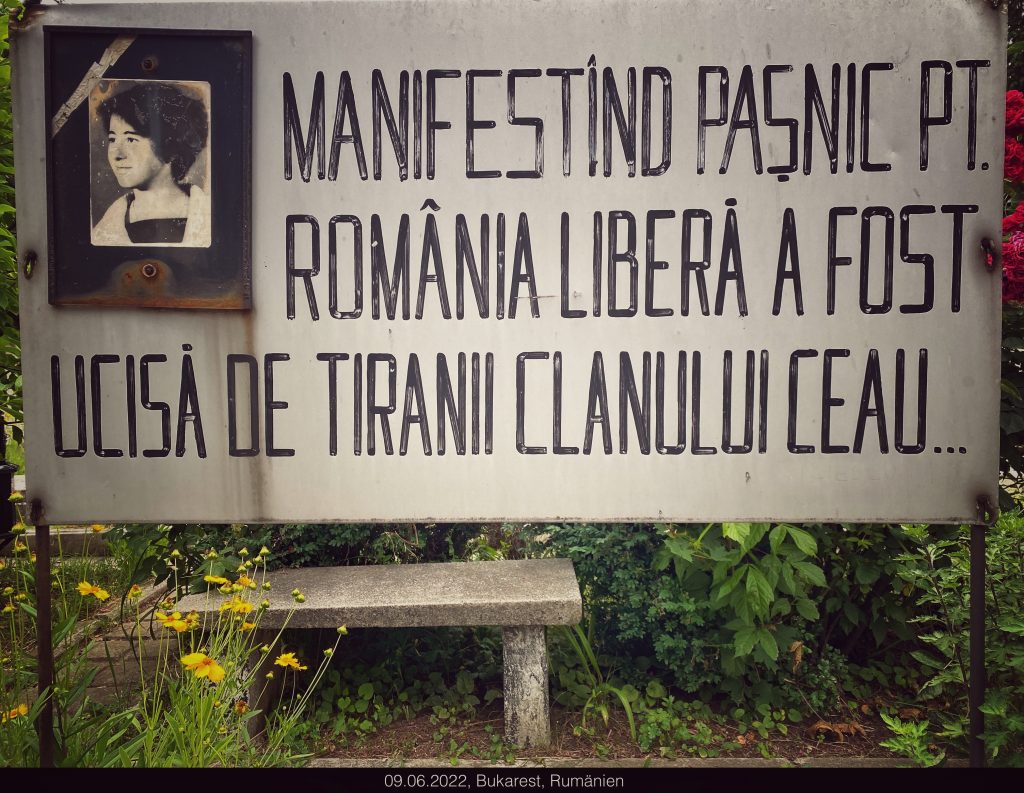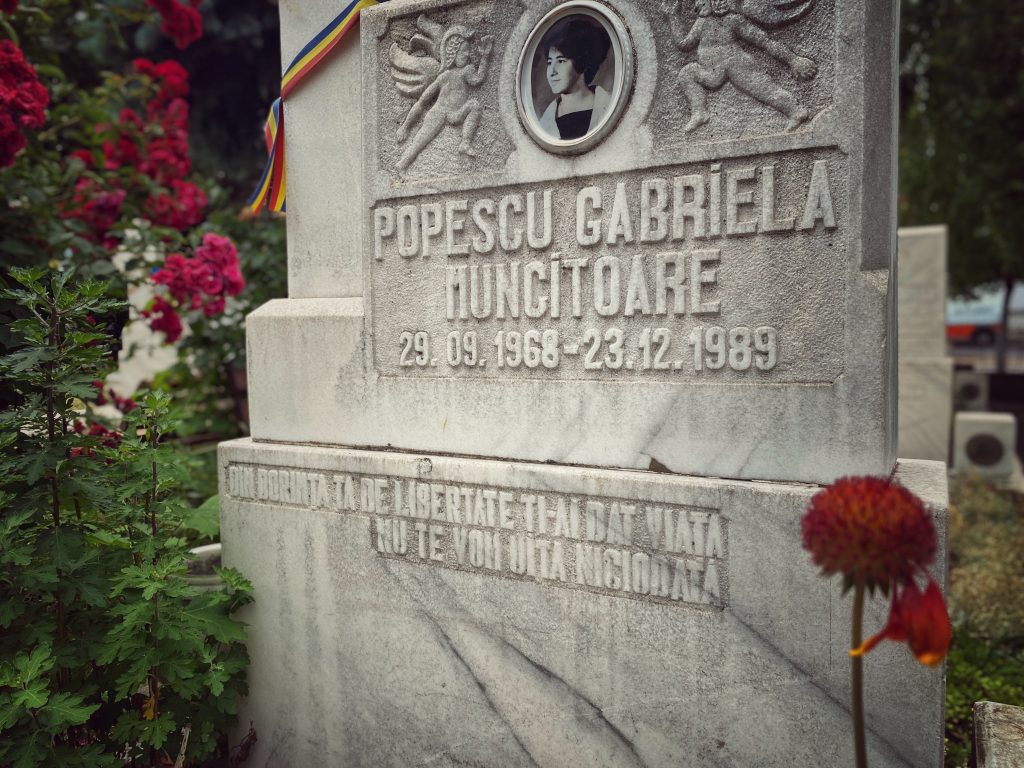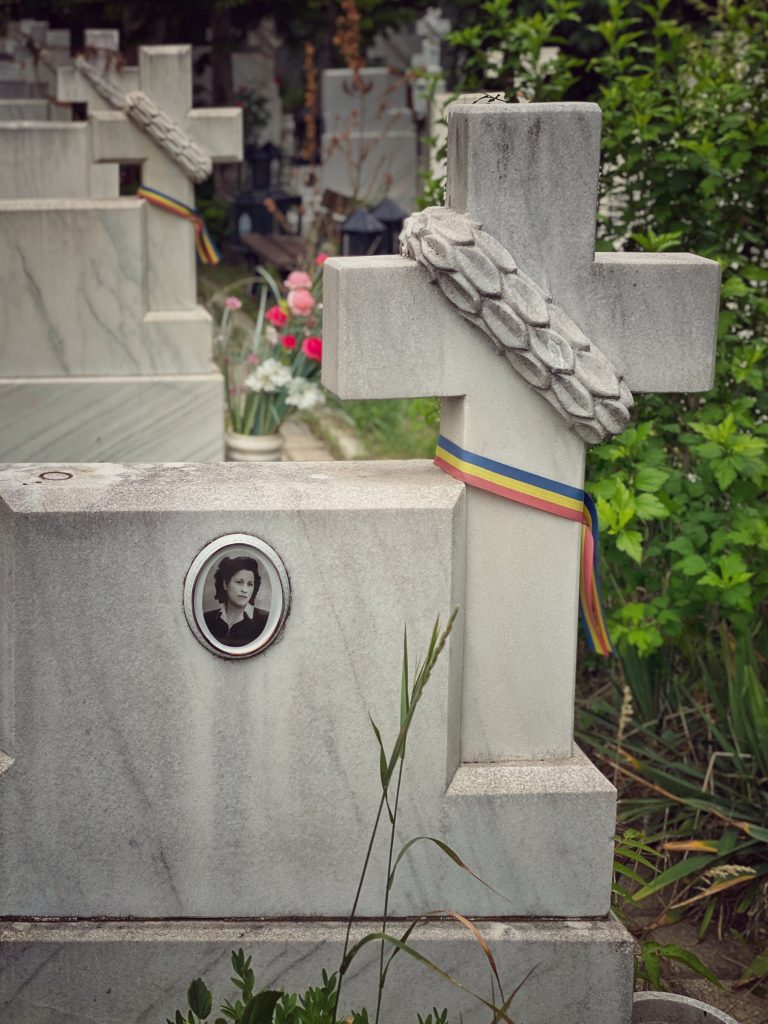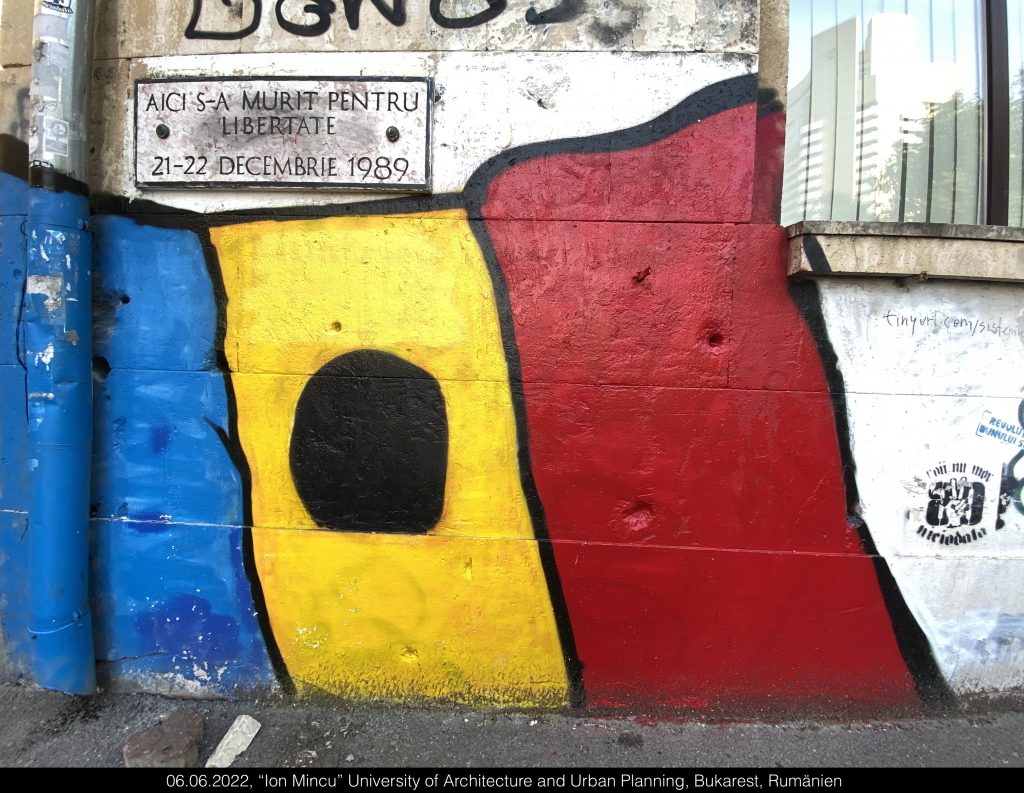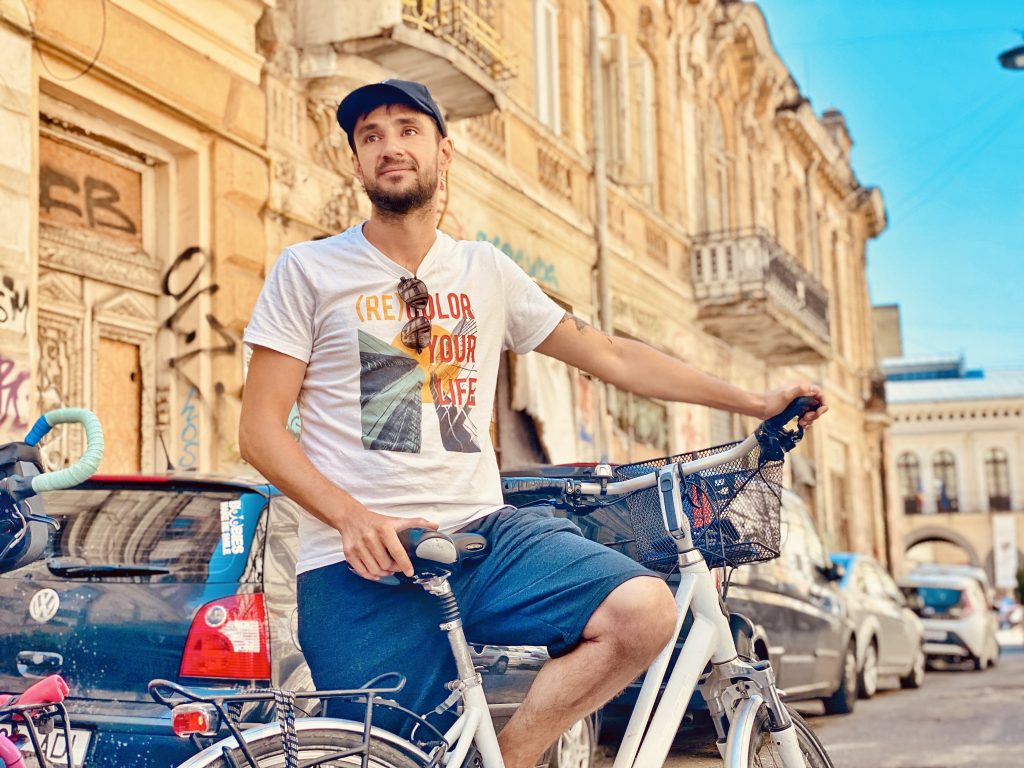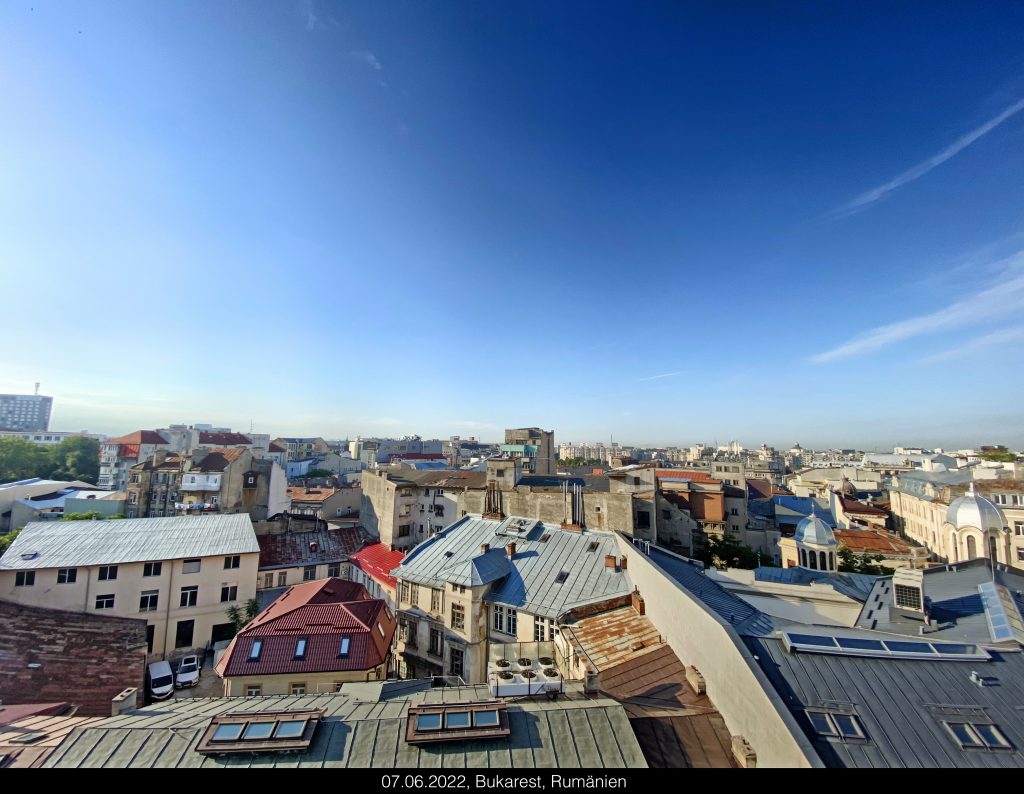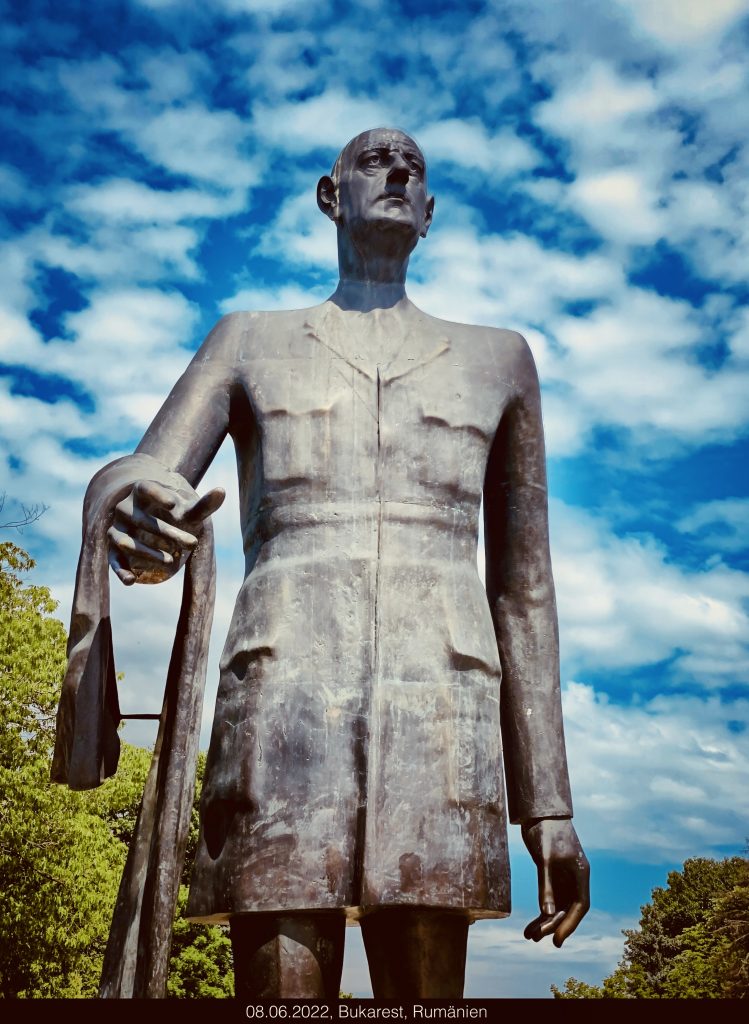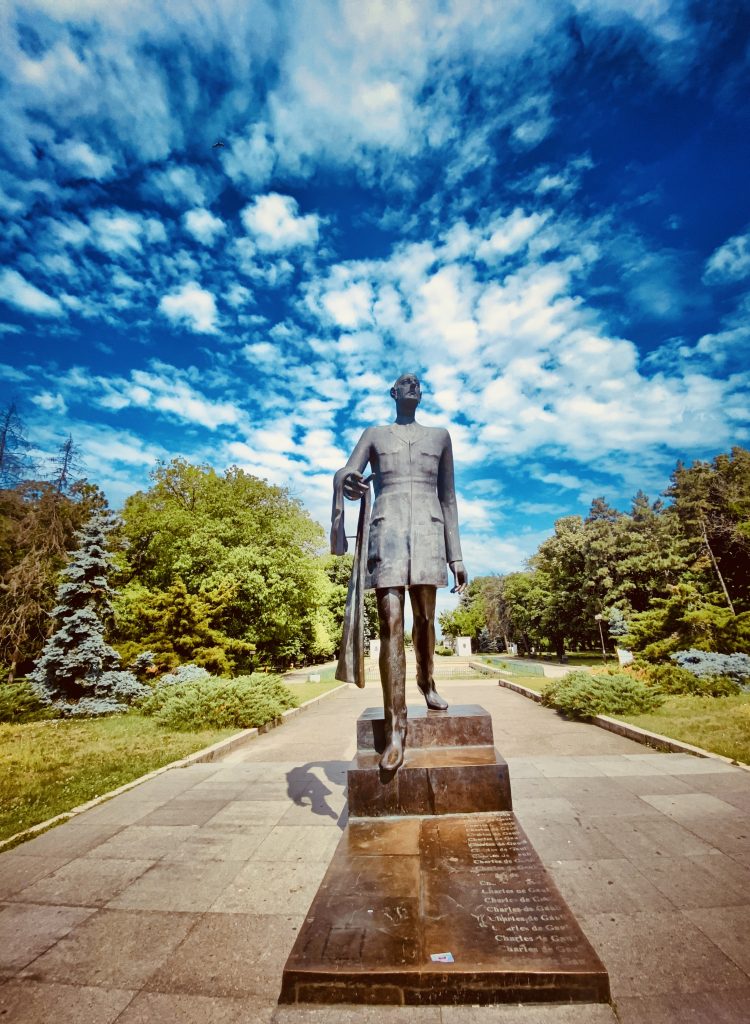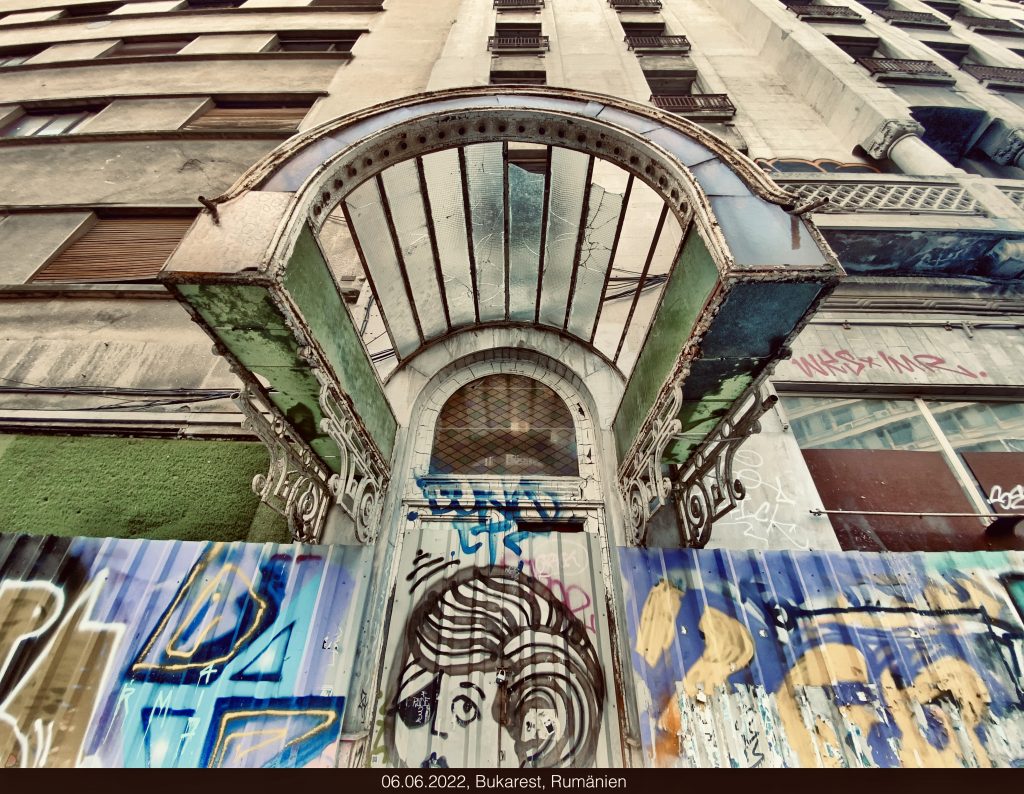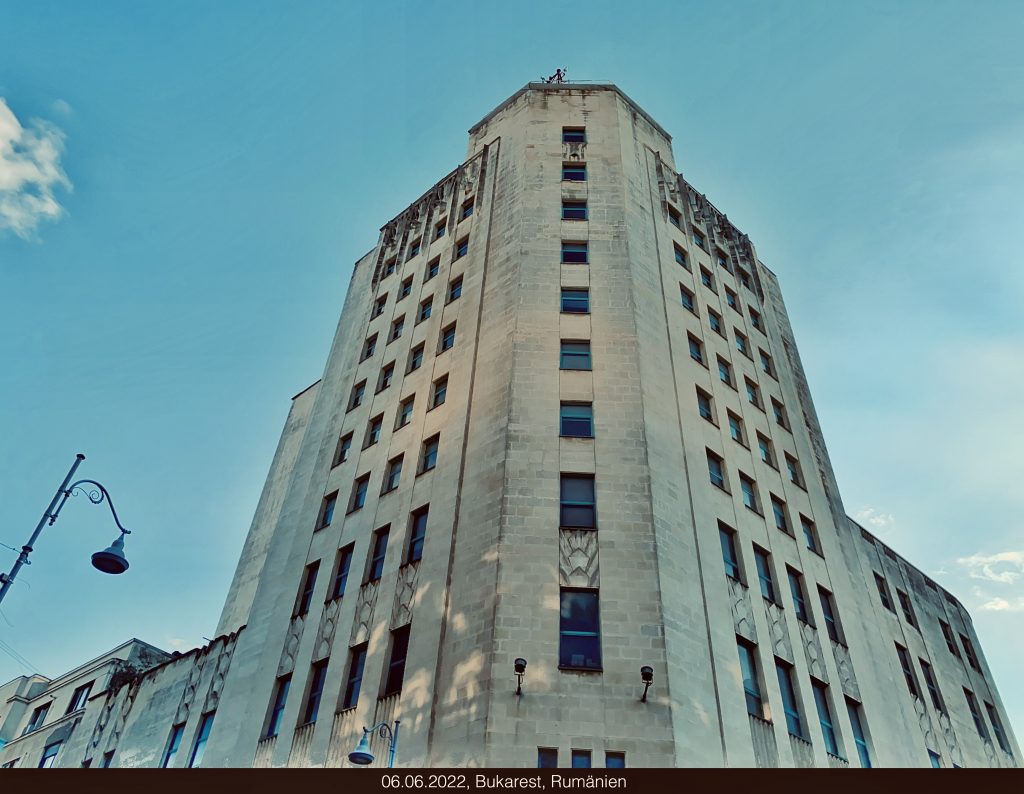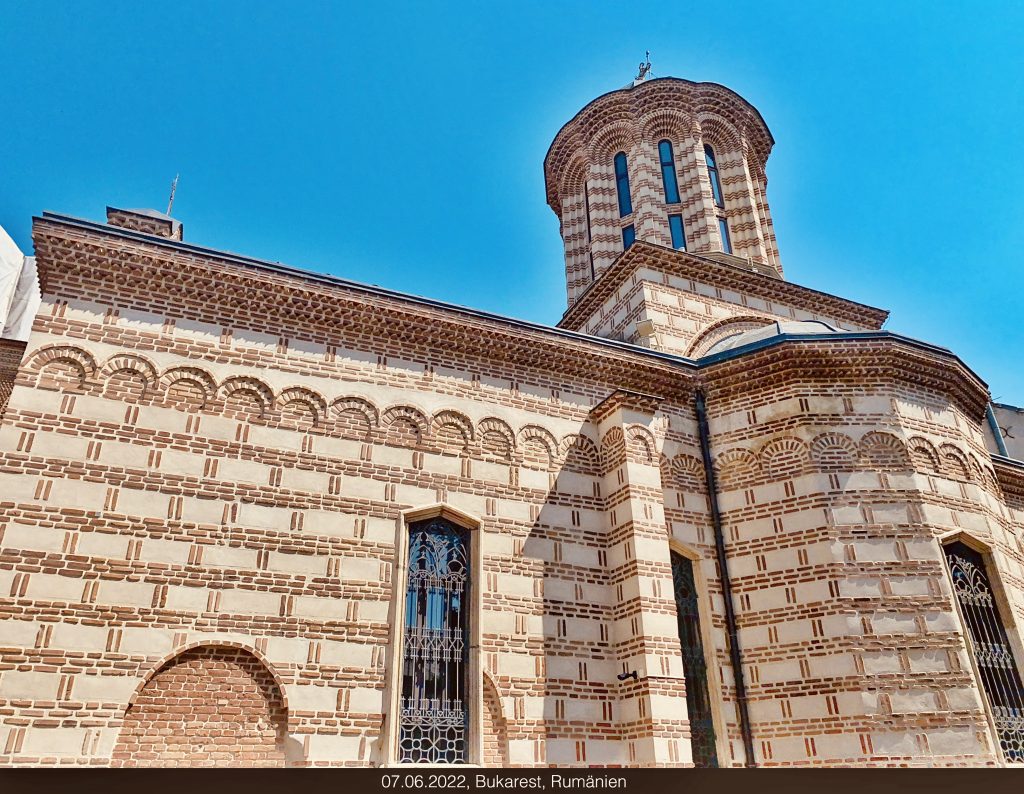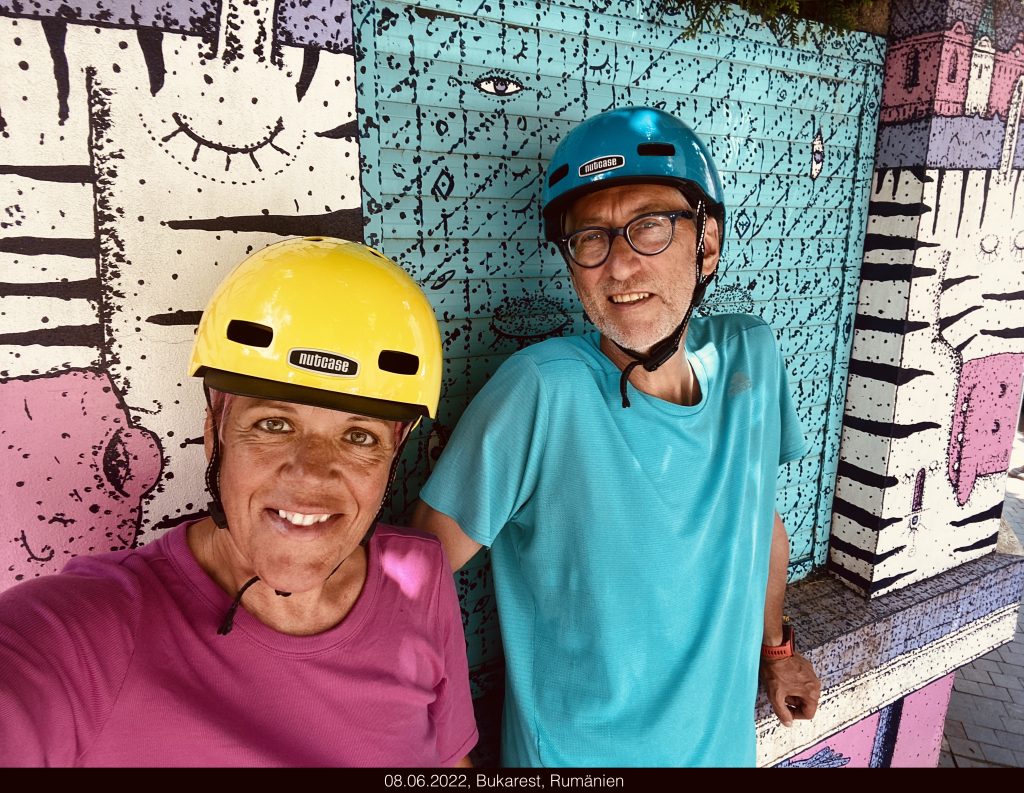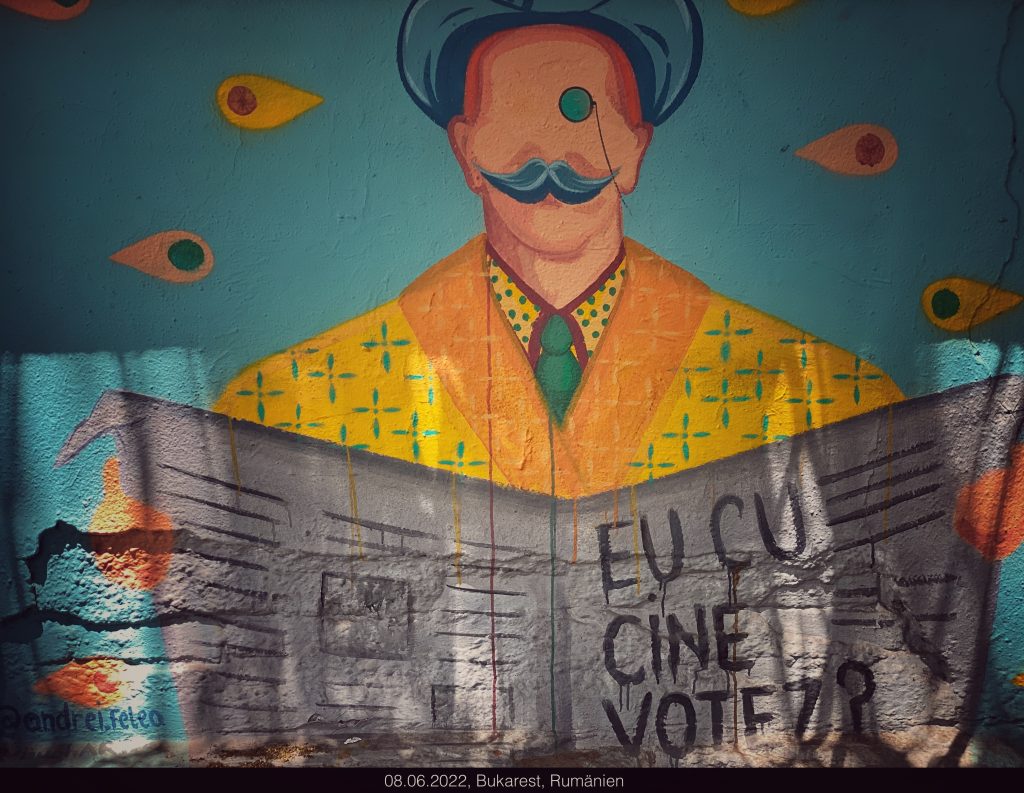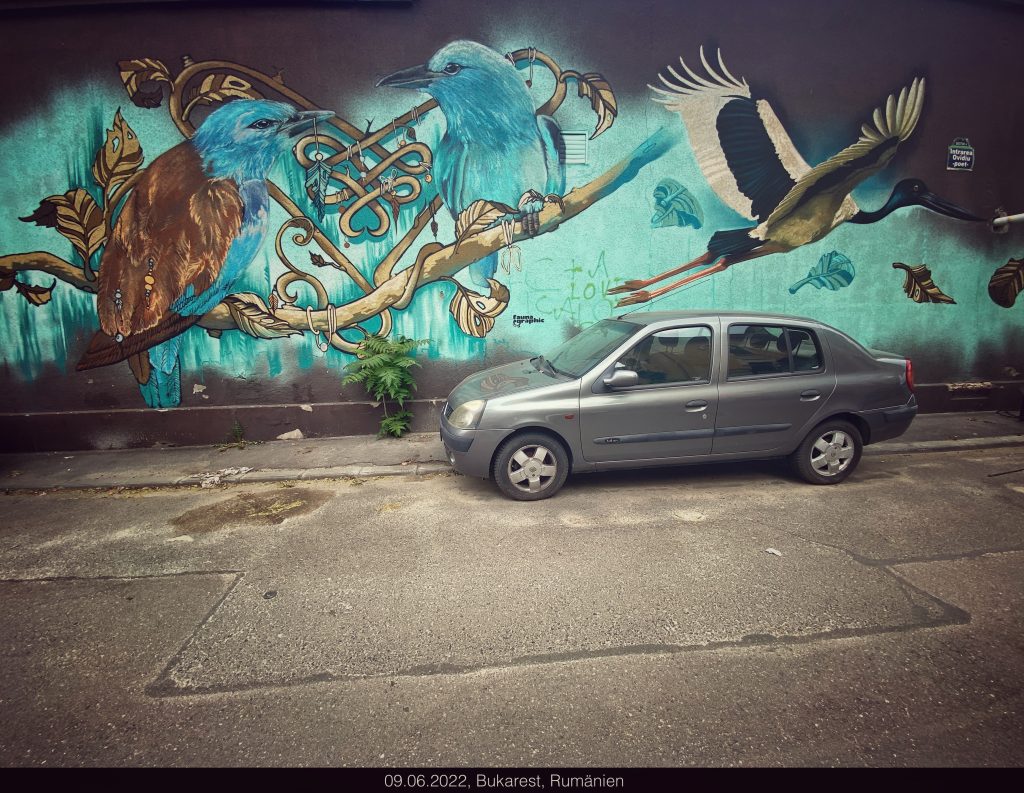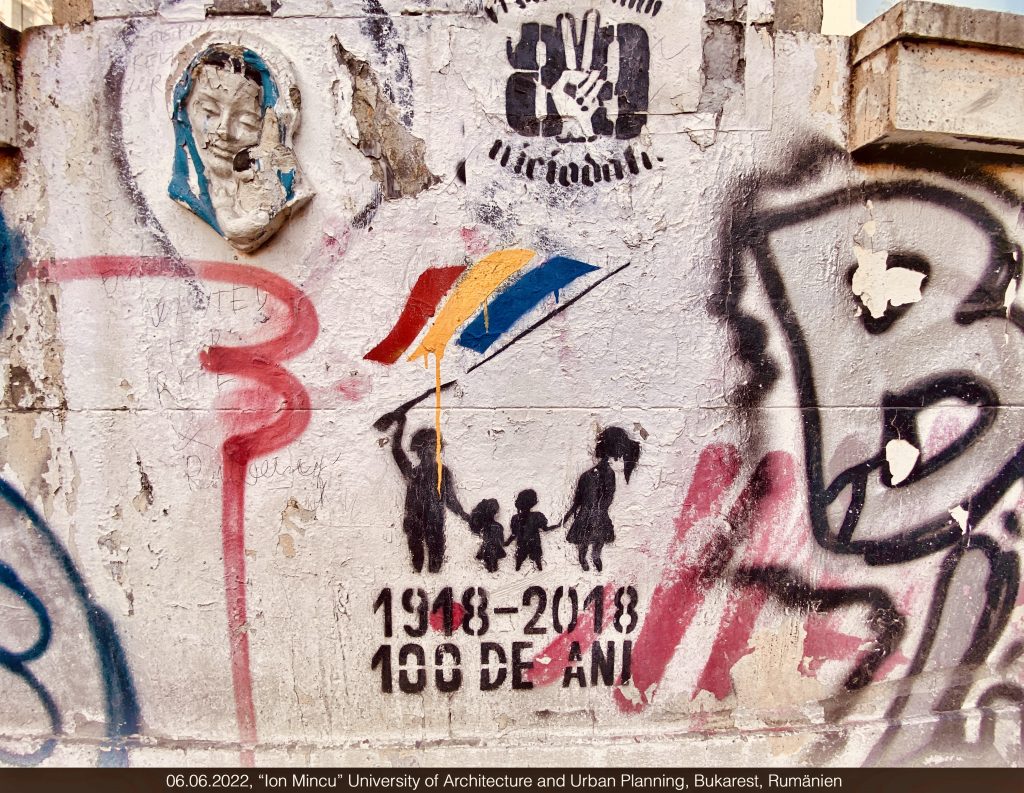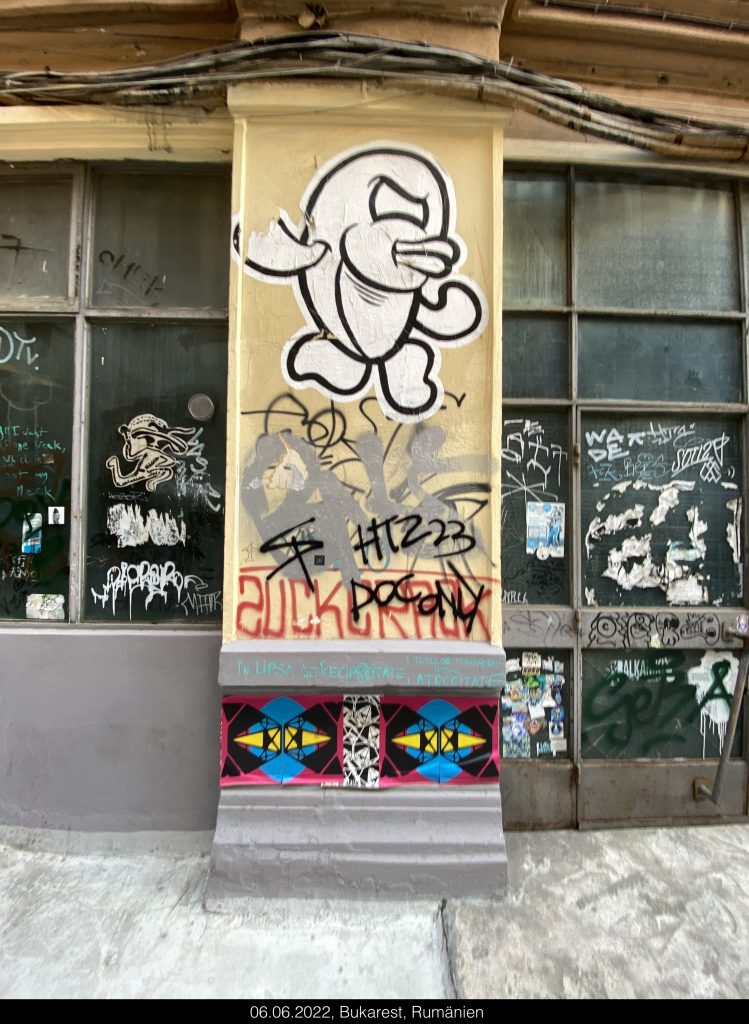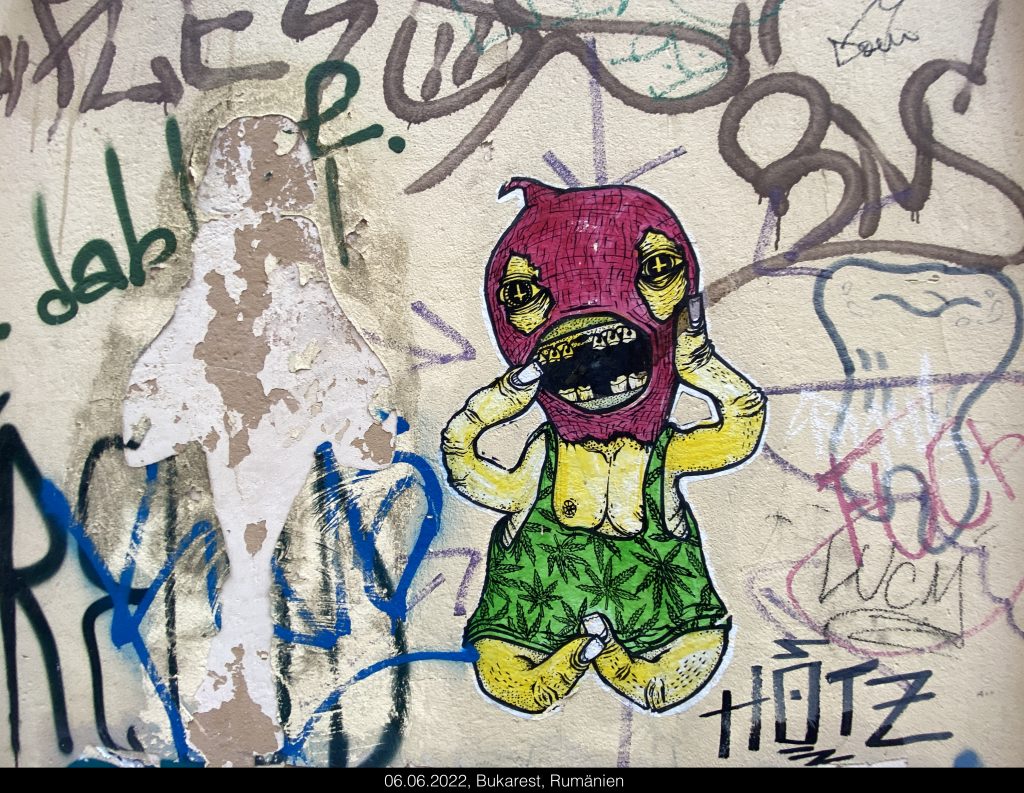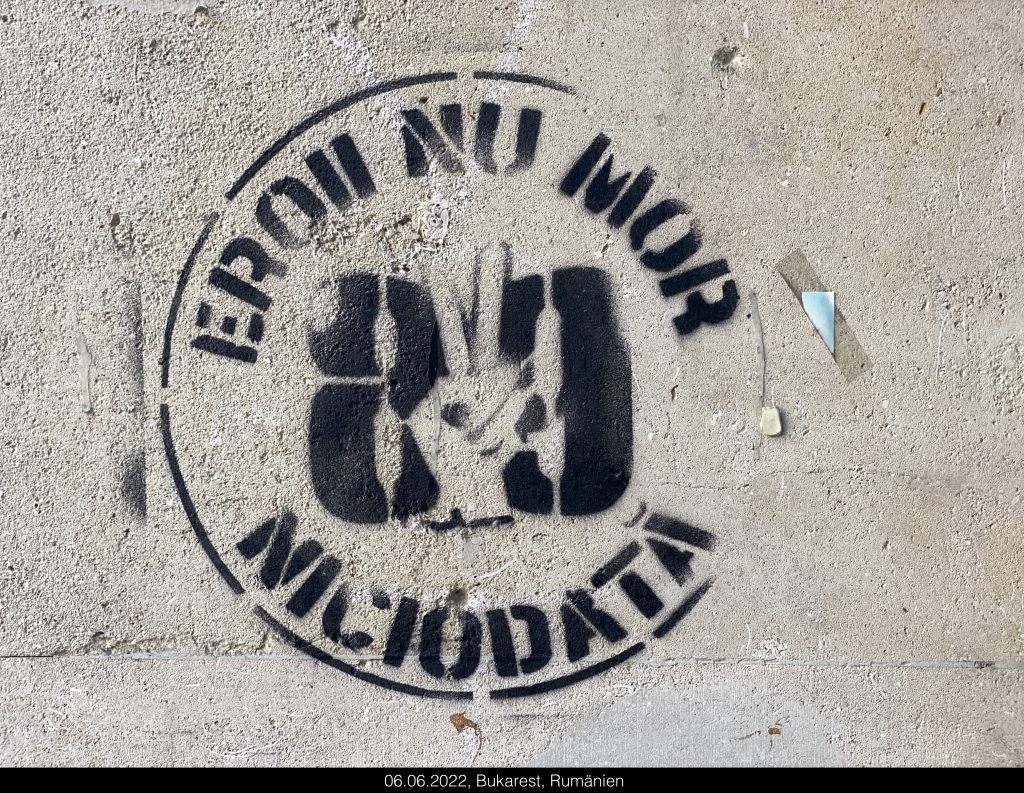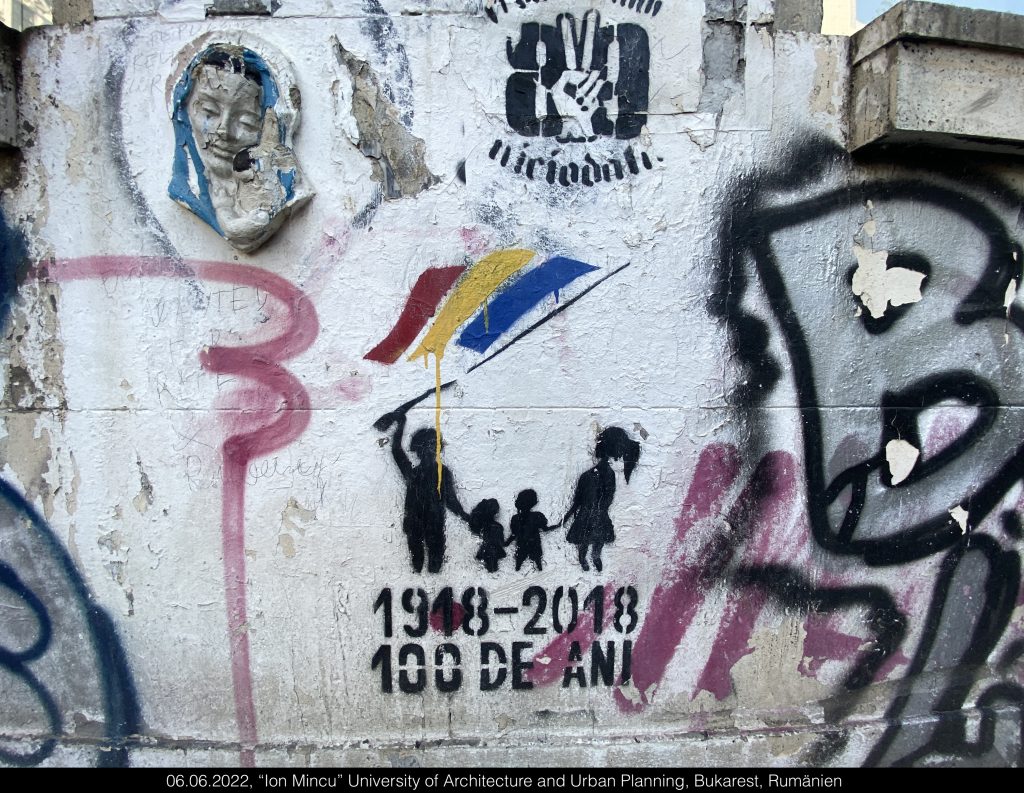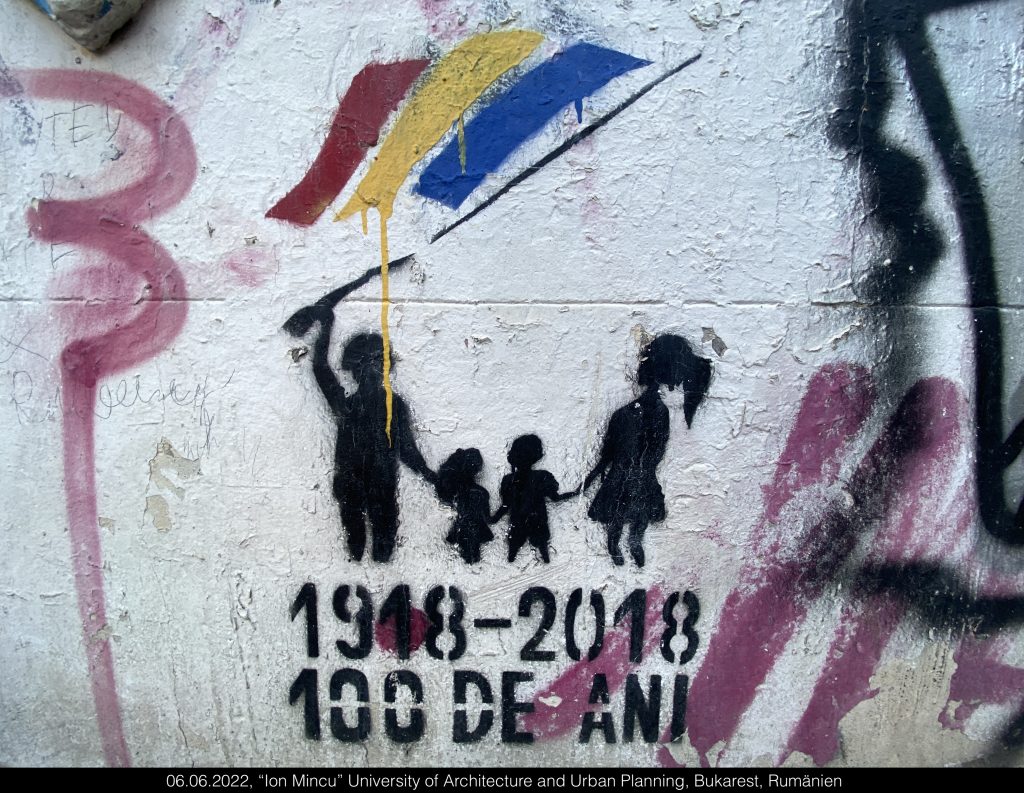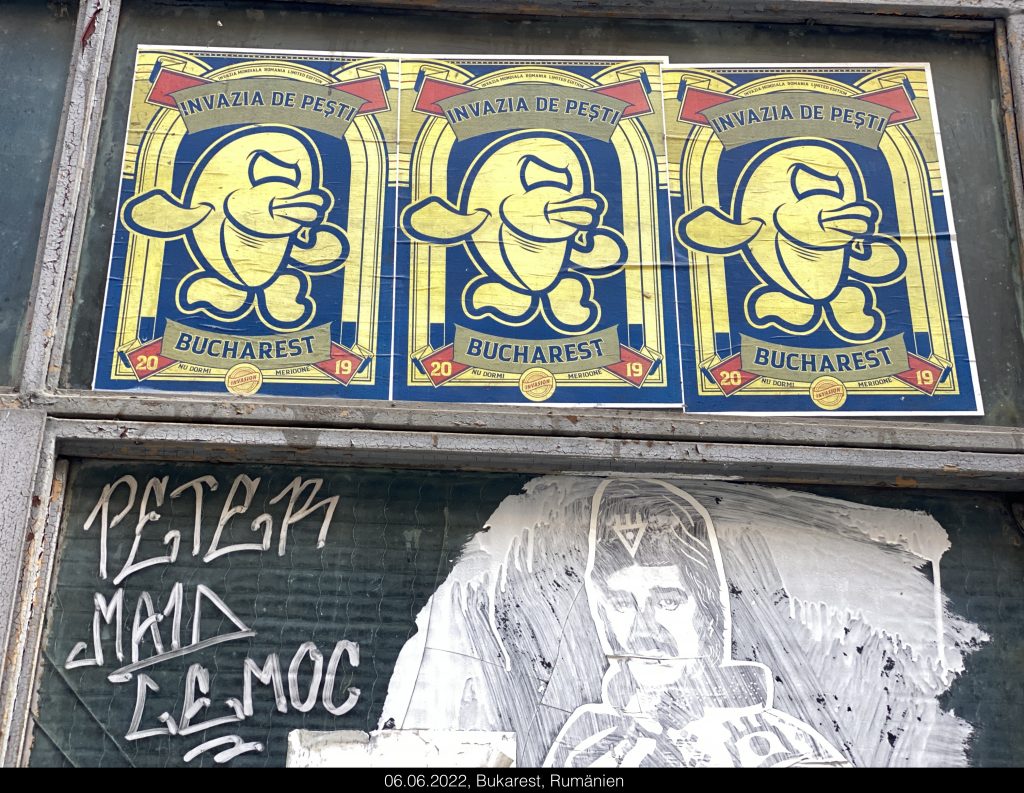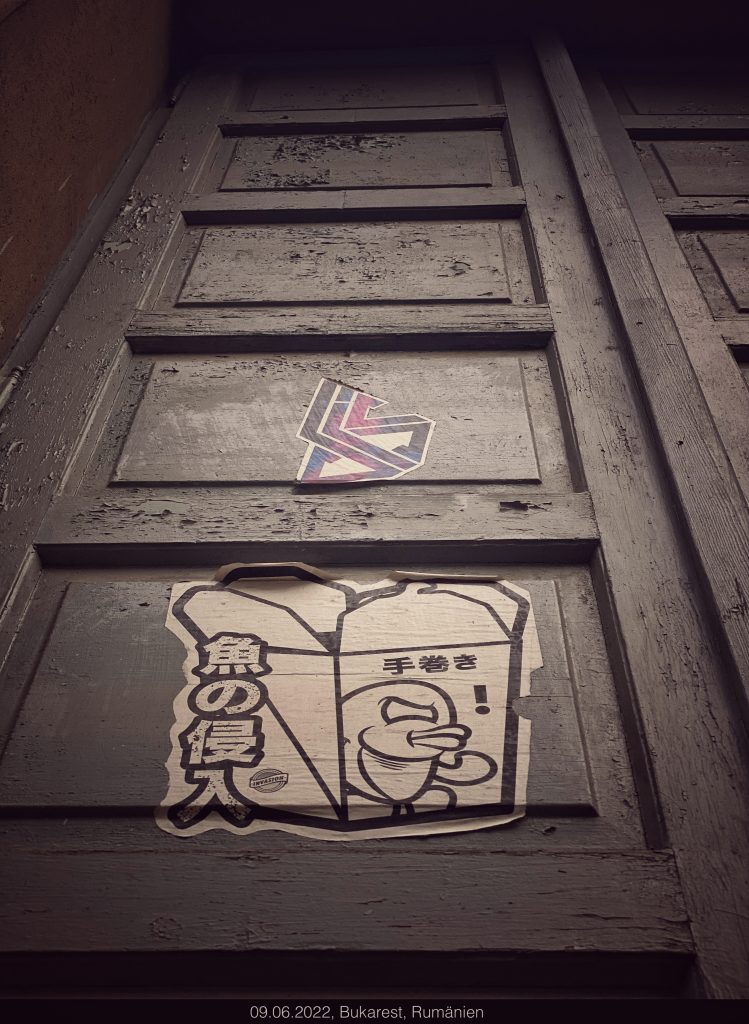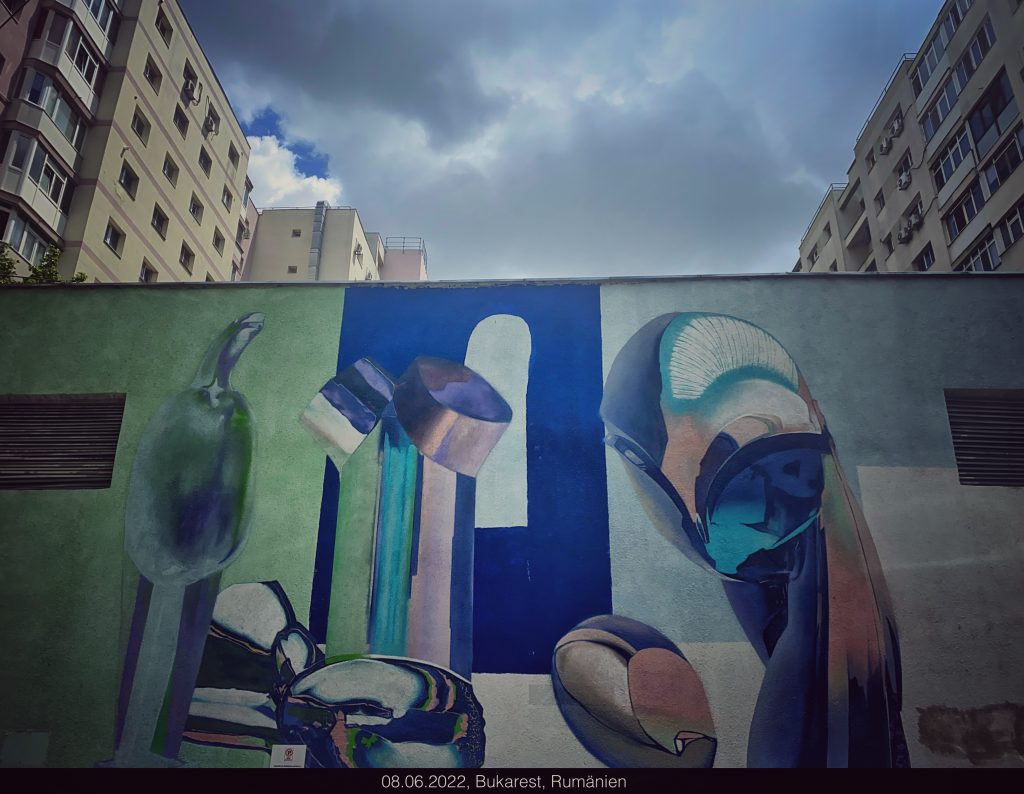Architecture. Bauhaus Traces.
We were really looking forward to Bucharest. Even though I had no idea what to expect. But at least it would be a big city. We survived Cairo by bicycle and experienced great things. We learned to love Bangkok, cycling through the city with all its traffic chaos and contrasts. Now we were excited about the capital of Romania, Bucharest. All those we told about our anticipation couldn’t quite comprehend it. “Bucharest, the old town, is beautiful, but otherwise it’s not worth it” they kept saying. A Moloch, too much traffic, too loud, too dirty, we were told.
How good that we went to the city with these expectations. It turned out quite differently.
The traffic is orderly, cyclists are welcome on the footpaths, the city is clean (cleaner than Berlin, but that’s probably not too difficult) and the variety of architecture is gigantic. Certainly, there is still a lot to do. Many beautiful houses stand empty.
Next to large communist buildings, one finds Italian-Venetian and Oriental style elements and buildings of Socialist Classicism, which culminates in Ceaușescu’s monstrous parliamentary palace. In between, many residential houses, villas and commercial buildings that show the formal language of Bauhaus architecture.
I didn’t expect this diversity. Again and again, there are small and large parks and vast numbers of churches. I didn’t pay much attention to the last ones. Except for one: Biserica eroii revolutiei (Church of the heroes of the revolution).
Biserica eroii revoltiei.
A not very old church, built in memory of those who died in the revolution days from December 1989, when Ceausescu regime was overthrown. Many of those who died in the uprising are of my age. We took our time to “see” the ones who have died in this revolution. 1.104 left their lives.
We took part in a guided bike tour on the first day and besides the marketing hit “Dracula”, it was also about this uprising. This story is so different from the fall of the Berlin Wall in Germany and everywhere within the city you find traces of this time. There signs on walls, there is the Piața Revoluției and many street art referring to this, like the flag without coat of arms of socialist Romania as a sign of the revolution.
Streetart. History.
In the following days we get to know the city even more. The circle gets bigger and we use the traces of street art artists to find our way around.
We don’t meet Dracula but we learn who all had a hand in this country. Everyone wanted a piece of this land. There were the Romans, the Ottomans, the Hungarians and the Russians. It’s about Wallachia and Transylvania and a Hohenzollern prince was appointed prince of Romania. Then declared independent in 1877/1878. Culturally and economically, people looked to the West, to France. And so Romania continued to be tugged at. Even in the First and Second World Wars. At some point, Romania sided with the Allies, the Soviet Union, and they regarded the country as occupied territory. Then Ceaușescu came to power.
And what does our young guide say about all this: “we are on a good and right path”. Of course, he also knows who is in power now, but it seems that he trusts in himself and his compatriots and does not bury his head in the sand.
I understood that I can not understand the city and the city dwellers in 4 days, but we managed to get a feeling of our own and that for us it feels as well like our guide Alex said “they are on the right track”.
Some expressions about street art in Bucharest.
Just in case you like to gain some extra wight, this one is highly recommended: Papanasi.




